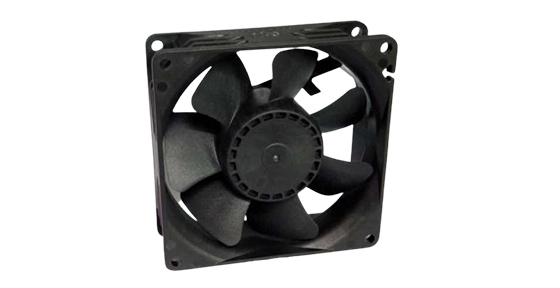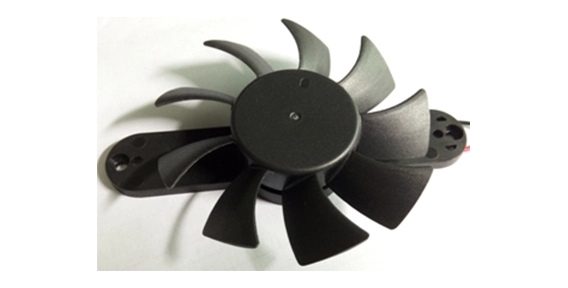Centrifugal blower fans are widely used in various industries to move air or gases. These fans are an essential part of many processes, such as ventilation, air conditioning, heating, and industrial applications. To ensure their optimal performance and longevity, it is crucial to maintain the balance and minimize vibrations in these fans. In this article, we will explore the fundamentals of balancing in centrifugal blower fans, the role of vibration analysis in their maintenance, and the challenges and solutions in achieving dynamic equilibrium.
Fundamentals of Balancing in Centrifugal Blower Fans: A Comprehensive Guide
Balancing is the process of eliminating any vibrations or oscillations in a centrifugal blower fan. It involves adjusting or adding mass to the fan components to achieve dynamic equilibrium. The primary goal of balancing is to improve the fan's efficiency, reduce energy consumption, and enhance its overall performance.
To begin the balancing process, it is essential to understand the different types of imbalances that can occur in centrifugal blower fans. The two main types are static and dynamic imbalances. Static imbalance occurs when the fan's center of gravity does not coincide with its axis of rotation, causing it to vibrate at low speeds. On the other hand, dynamic imbalance occurs when the mass distribution within the fan is uneven, causing vibrations at high speeds. To detect these imbalances, vibration analysis plays a crucial role.

Detecting Imbalances: The Role of Vibration Analysis in Centrifugal Blower Fan Maintenance
Vibration analysis is a valuable tool used to identify imbalances in an axial cooling fan. It involves measuring the fan's vibration levels and analyzing the frequencies and amplitudes of these vibrations. By monitoring the fan's vibration signature, maintenance professionals can detect potential issues and take corrective measures to minimize further damage.
During vibration analysis, sensors are placed at various points on the fan, including the housing, impeller, and bearings. These sensors collect data on the fan's vibration patterns during operation. This data is then analyzed to determine the severity of imbalances and identify their sources.
By regularly performing vibration analysis, maintenance personnel can detect imbalances at an early stage. This allows for timely corrective actions, such as balancing the fan or replacing worn-out components, to prevent further damage and promote optimal performance.

Dynamic Equilibrium: Balancing Challenges and Solutions for Centrifugal Blower Fans
Balancing centrifugal blower fans can be challenging due to the complexities of their design and the operational conditions they are subjected to. Achieving dynamic equilibrium requires addressing both static and dynamic imbalances effectively.
One common method of balancing is the addition or removal of weights from the fan components. This can be done manually or with the help of advanced balancing equipment. Dynamic balancing machines can detect imbalances and calculate the required adjustments to achieve balance. These machines can also provide precise measurements of the fan's vibration levels, assisting in the overall maintenance process.
Another solution to balancing challenges is the use of self-balancing fans. These are designed with counterweights or adjustable impeller blades that automatically adjust to maintain balance during operation. Self-balancing fans can significantly reduce the need for manual balancing and optimize the fan's performance over time.
In conclusion, balancing and vibration analysis are essential aspects of maintaining centrifugal blower fans. By understanding the fundamentals of balancing and utilizing vibration analysis techniques, maintenance professionals can detect imbalances, reduce vibrations, and prolong the lifespan of these crucial devices. Whether through manual balancing or the use of self-balancing fans, achieving dynamic equilibrium is crucial for maximizing the efficiency and performance of centrifugal blower fans. With proper maintenance and regular monitoring, these fans can continue to operate at their best, ensuring optimal airflow and ventilation in various industries.

 EN
EN 

 +
+
 +
+
 +
+



